Gifs of 24 Solar Terms Amaze Netizens
Shi Changhong, a designer from southern China's Guizhou Province, recently became an Internet star.

He and his team spent a year creating gifs of China's 24 solar terms, which amazed the Internet. Chinese netizens have praised his work, remarking that people could learn a lot about China just by looking through these pictures.

The ancient Chinese divided the sun's annual motion into 24 segments, calling each segment a specific "solar term."
The criteria for its formulation were developed through the observation of seasonal changes and other natural phenomena. The terms remain of particular importance to farmers. Some rituals and festivities are associated with the terms, contributing to communities’ cultural identities.
Take a look at his creative designs below:
Lichun ń½ŗµśź
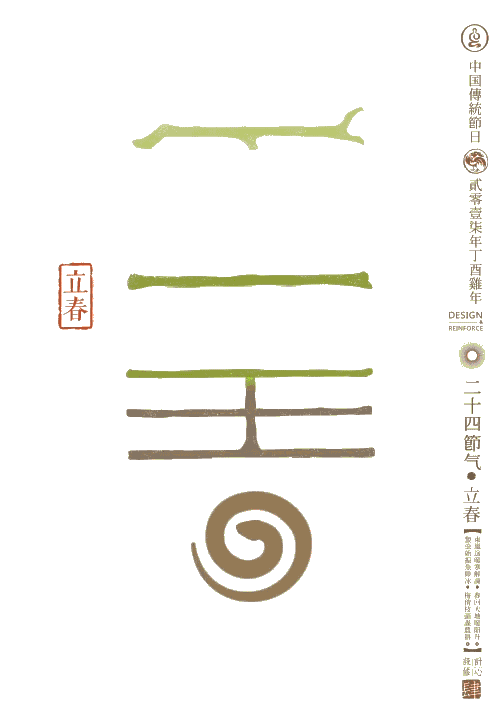
Lichun, or Spring Begins, is the first solar term, occurring in early February. It marks the start of change, with temperatures rising and days getting longer.
Yushui ķø©µ░┤
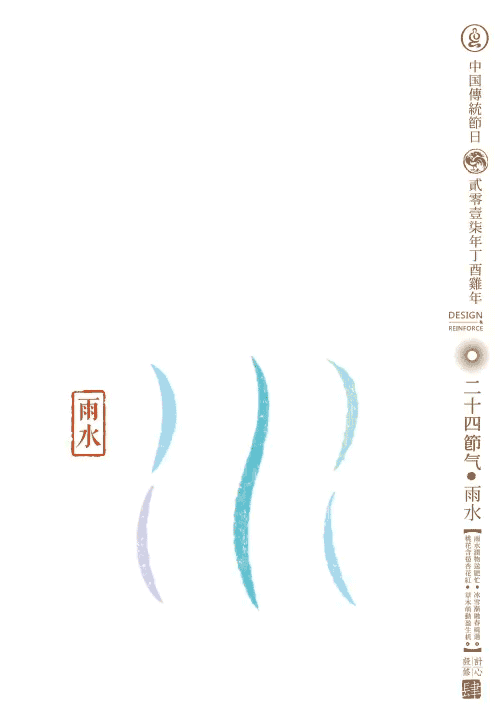
Yushui, or Rain Water, is the second of the 24 solar terms used in Chinese tradition. As its name implies, this term bodes for an increase in rain starting around late February.
Jingzhe µāŖĶø░
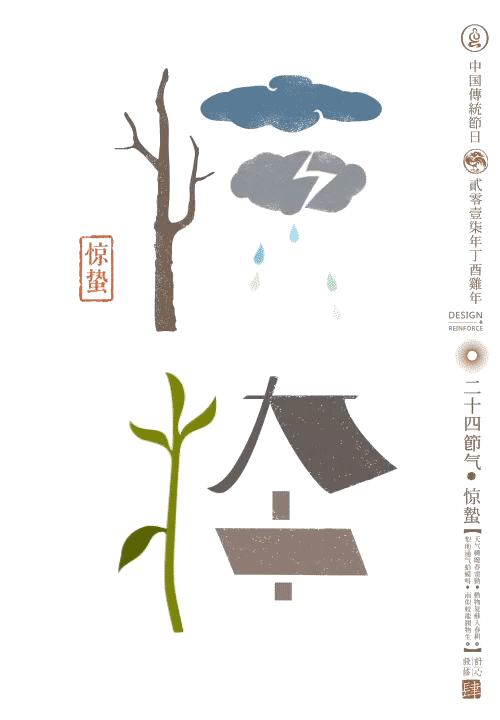
As thunder rumbles and temperatures rise, the solar term known as Jingzhe, or Awakening of Insects, marks the awakening of all creatures after their winter slumber, occurring in early March.
Chunfen µśźÕłå
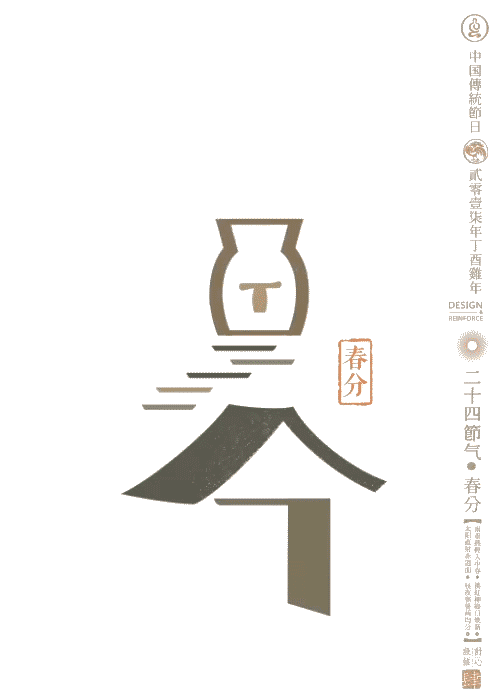
Chunfen, or Vernal Equinox, heralds the arrival of spring in the Northern Hemisphere when the days are longer and nights shorter. It usually occurs between March 20 and March 22.
Qingming µĖģµśÄ

Qingming, or Tomb-Sweeping Day, falls early April, when Chinese people commemorate their deceased loved ones by visiting tombs and offering sacrifices. It is marked by frequent rain, especially in south China. It is also the time to enjoy green tea.
Guyu Ķ░Ęķø©
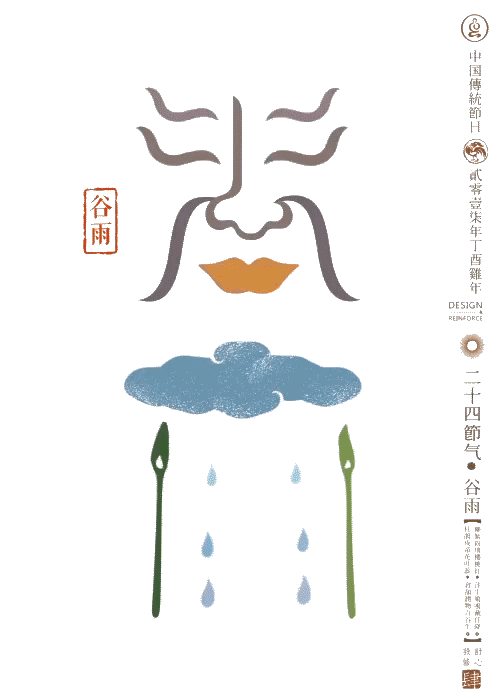
Guyu, or literally "Rain of Millet," is the sixth of the 24 solar terms created by the ancient Chinese. The term is traditionally a time of tribute to Cangjie — a mythical figure who is credited with having invented Chinese characters about 5,000 years ago.
Lixia ń½ŗÕżÅ
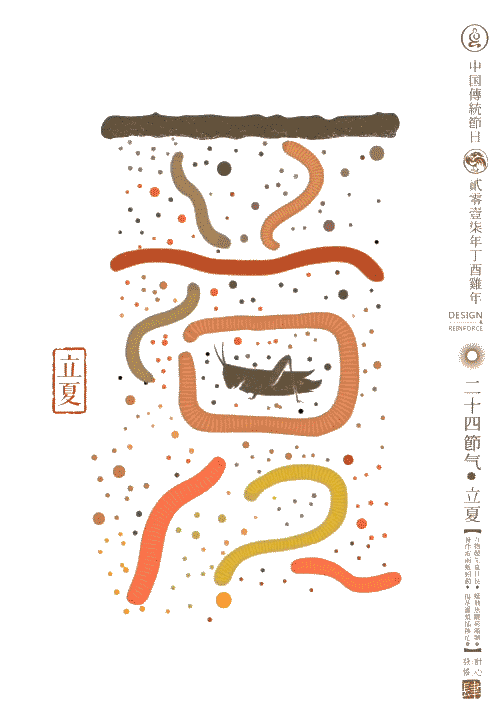
Lixia, is a Chinese solar term referring to the beginning of summer. The term, which occurs between May 5 and 7, heralds the arrival of summer when hot weather becomes the norm.
Xiaoman Õ░ŵ╗Ī
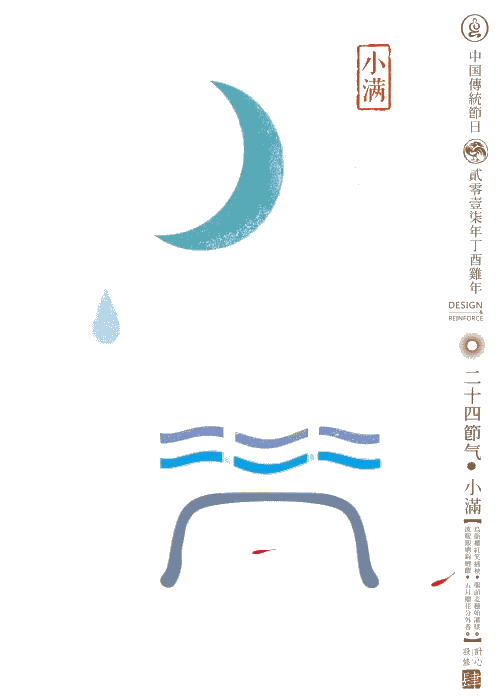
Solar term Xiaoman — literally "grain buds" — falls between May 20 and 22 and traditionally heralds hot, humid days to ripen crops.
Mangzhong ĶŖÆń¦Ź
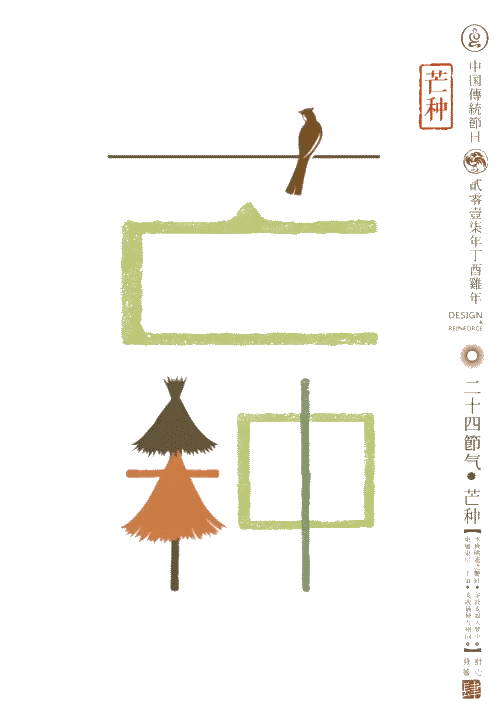
Mangzhong, or Bristles on Grain, occurring in early June, indicates that some grains are mature as awns (bristles) form at the end of the stalk. Frequent rainfall is seen during this period.
Xiazhi ÕżÅĶć│
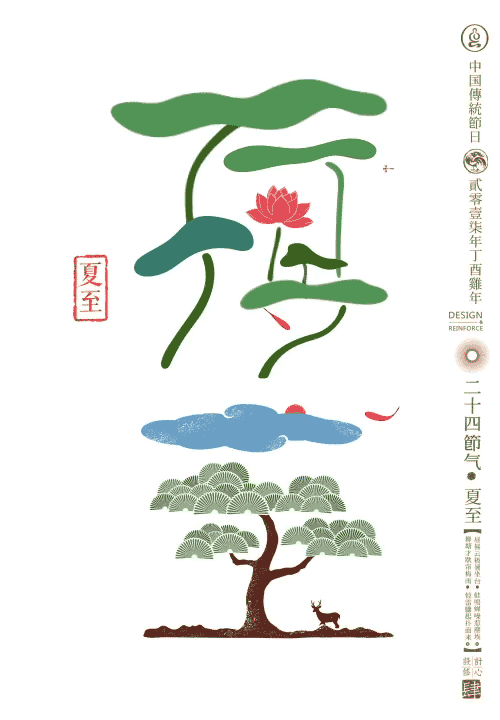
Xiazhi, or Summer Solstice, which indicates the arrival of the plum rain season, usually occurs between June 20 and 22.
Xiaoshu Õ░ŵÜæ
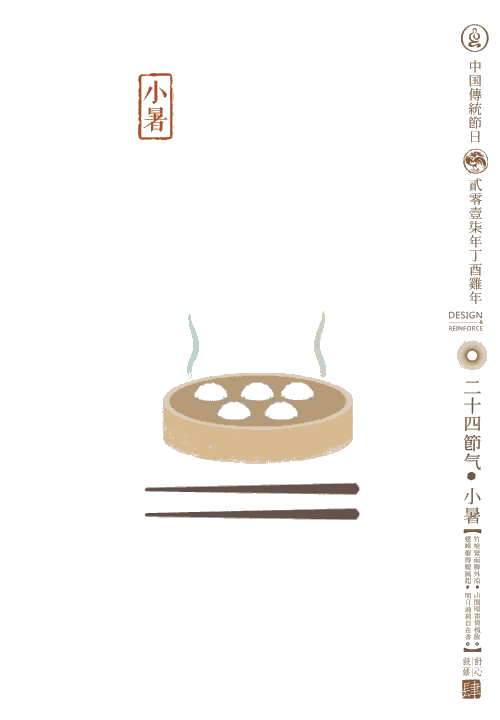
Xiaoshu, or Slight Heat, usually indicates the hottest part of the summer is imminent. It is often around July 6 to 8.
Dashu Õż¦µÜæ
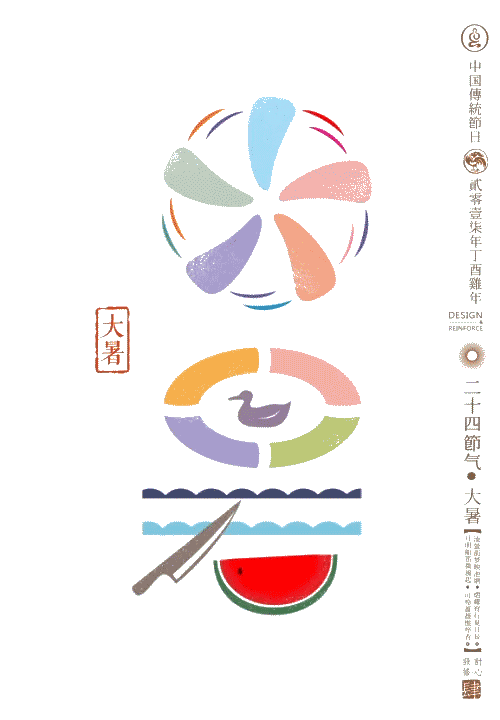
Solar term Dashu, or Great Heat, indicates entry into summer's hottest period. It usually occurs between July 22 and 24.
Liqiu ń½ŗń¦ŗ
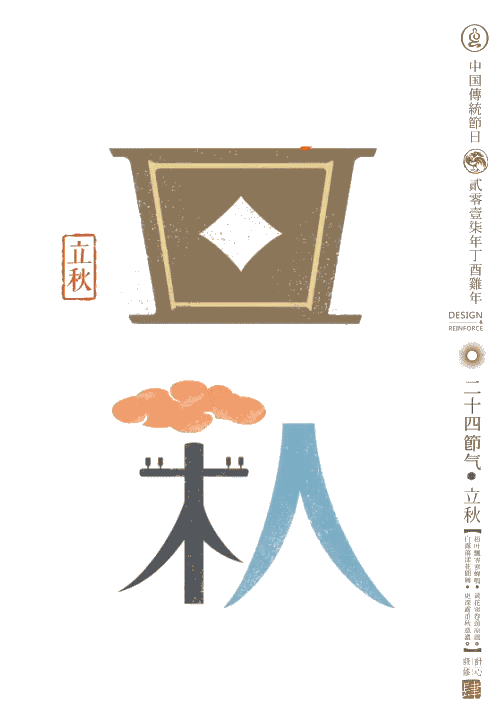
Liqiu, which usually occurs between August 7 and 9, indicates the start of autumn.
Chushu ÕżäµÜæ
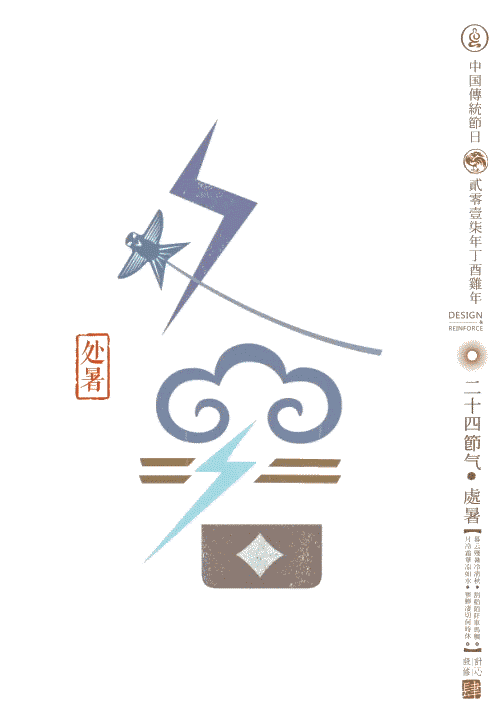
Chushu, or End of Heat, occurs between August 22 and 24, the date from which the heat is believed to start dying down.
Bailu ńÖĮķ£▓

Bailu, or White Dew, which falls between September 7 and 9, indicates that temperatures are falling at night.
Qiufen ń¦ŗÕłå
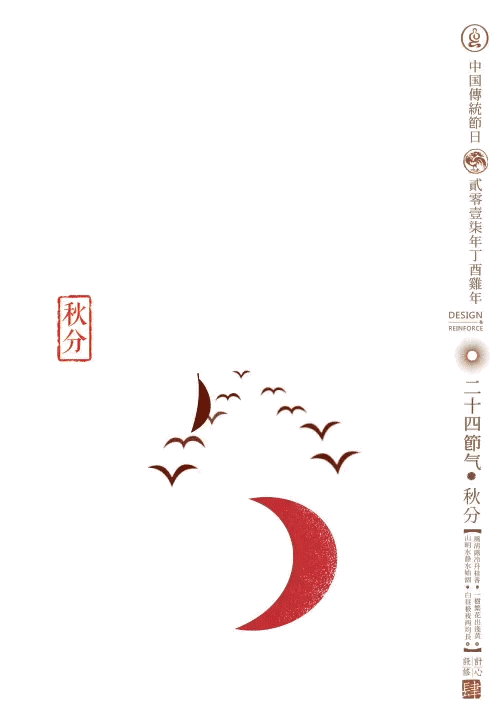
Qiufen, or Autumnal Equinox, signifies that day and night will be of equal length in the middle of autumn. It usually occurs between September 22 and 24.
Hanlu Õ»Æķ£▓

Hanlu, or Cold Dew, is an indication for oncoming chill. It's often around October 7 to 9.
Shuangjiang ķ££ķÖŹ
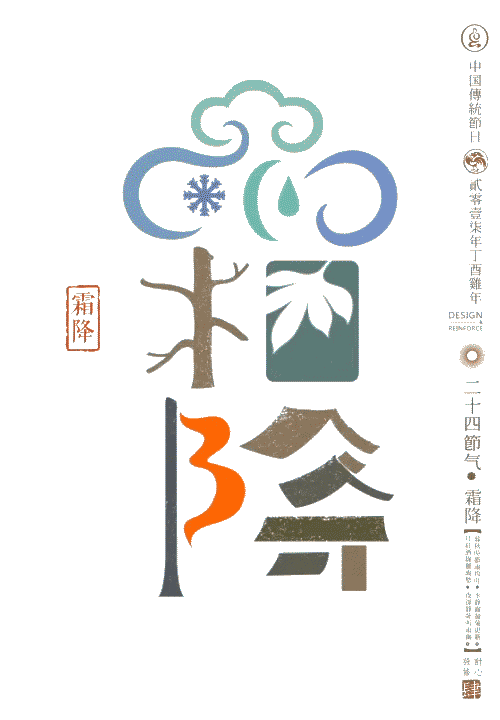
Shuangjiang, or Frost Descends, means it's getting cold enough for frost, which falls between October 22 and 24.
Lidong ń½ŗÕå¼
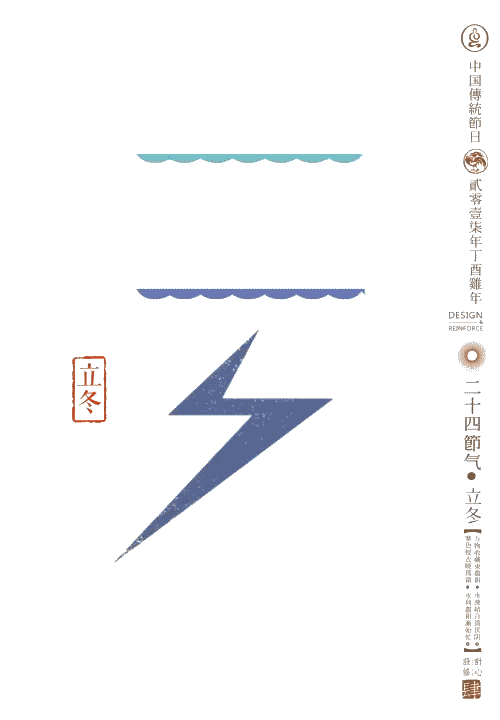
Lidong is the 19th of 24 solar terms and marks the beginning of winter according to the Chinese lunar calendar. It's often around November 6 to 8.
Xiaoxue Õ░Åķø¬
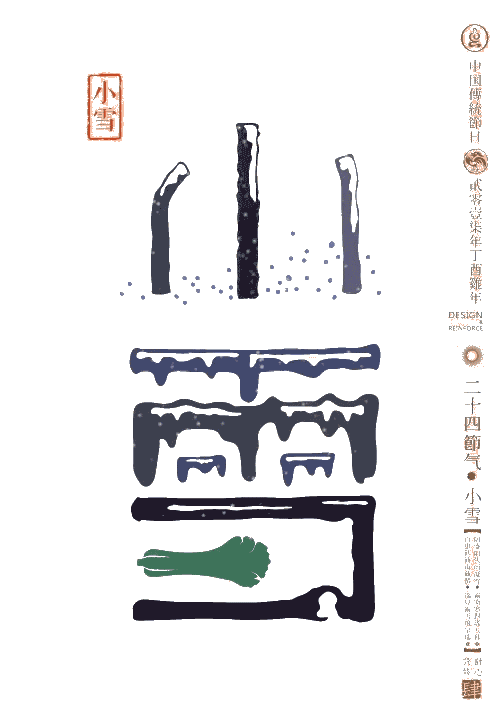
Xiaoxue, or Light Snow, which falls around November 22 to 23, indicating the snow season has begun.
Daxue Õż¦ķø¬
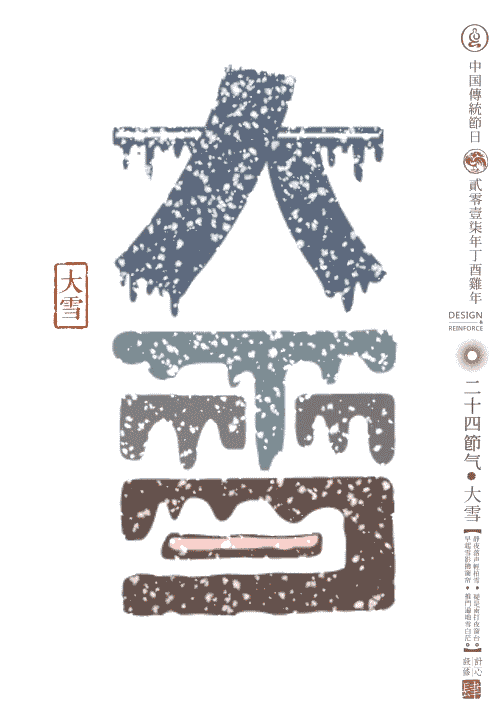
Daxue, or Major Snow, is when the snow gets heavy. It's often around December 6 to 8.
Dongzhi Õå¼Ķć│
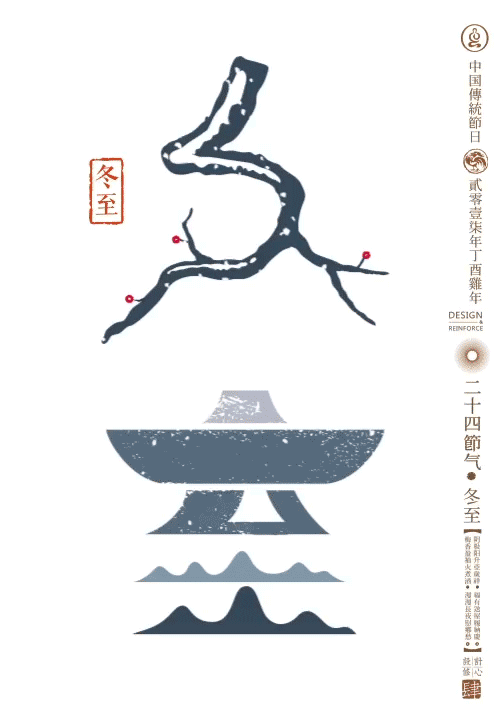
Dongzhi, or Winter Solstice, is a time when Chinese people pay their respects to the departed by visiting the cemetery and sweeping their tombs. It can fall at any time between December 21 and 23.
Xiaohan Õ░ÅÕ»Æ

Xiaohan, or Minor Cold, is when it starts getting cold. It usually falls around January 5 to 7.
Dahan Õż¦Õ»Æ

Dahan, or Great Cold, is the beginning of the coldest period, which falls between January 19 and 21.
- About Us
- |
- Terms of Use
- |
-
 RSS
RSS - |
- Privacy Policy
- |
- Contact Us
- |
- Shanghai Call Center: 962288
- |
- Tip-off hotline: 52920043
- µ▓¬ICPĶ»ü’╝ܵ▓¬ICPÕżć05050403ÕÅĘ-1
- |
- õ║ÆĶüöńĮæµ¢░ķŚ╗õ┐Īµü»µ£ŹÕŖĪĶ«ĖÕÅ»Ķ»ü’╝Ü31120180004
- |
- ńĮæń╗£Ķ¦åÕɼĶ«ĖÕÅ»Ķ»ü’╝Ü0909346
- |
- Õ╣┐µÆŁńöĄĶ¦åĶŖéńø«ÕłČõĮ£Ķ«ĖÕÅ»Ķ»ü’╝ܵ▓¬ÕŁŚń¼¼354ÕÅĘ
- |
- Õó×ÕĆ╝ńöĄõ┐ĪõĖÜÕŖĪń╗ÅĶÉźĶ«ĖÕÅ»Ķ»ü’╝ܵ▓¬B2-20120012
Copyright ┬® 1999- Shanghai Daily. All rights reserved.Preferably viewed with Internet Explorer 8 or newer browsers.


